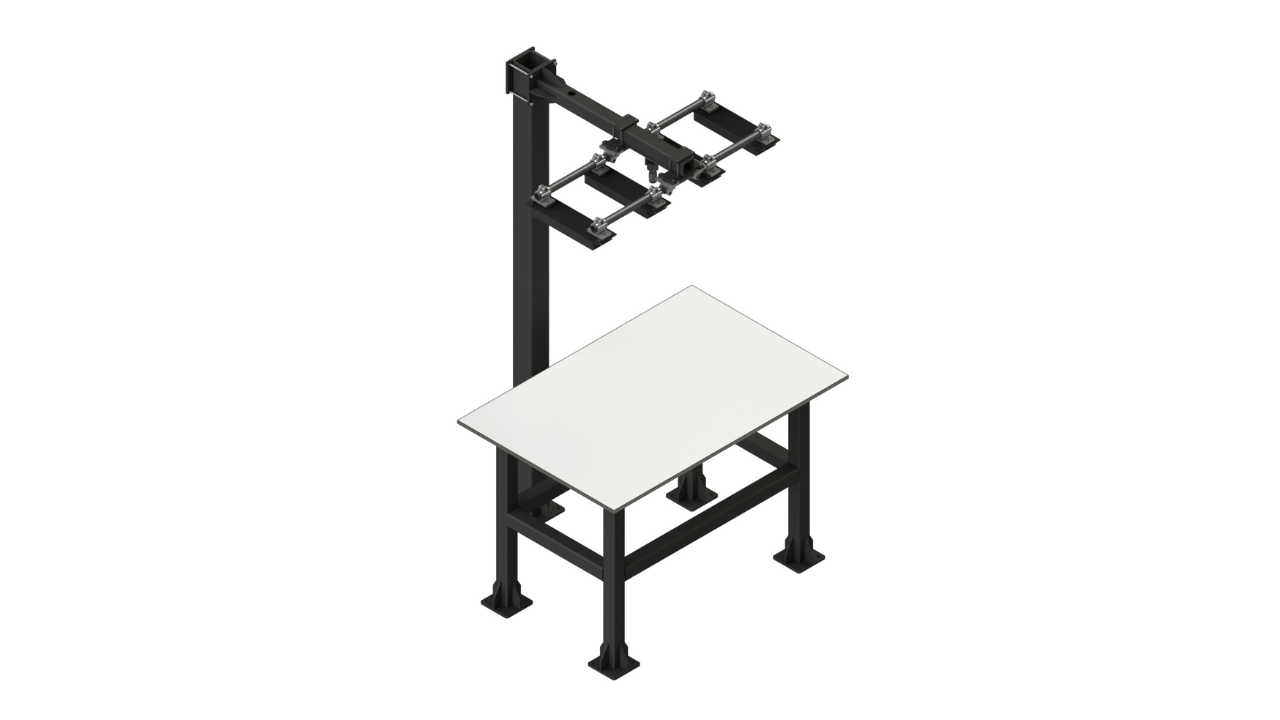Robots and Artificial Intelligence: The Role of AI in Robotics
May 02nd, 2023

by Bogdan Tintescu, Marketing Assistant, Scape Technologies
SCAPE 3D Orientation Control™ using the SCAPE Handling Station
The SCAPE Handling Station is a specialized table where the gripped part from the bin is placed for further processing. The SCAPE Grid Scanner mounted on a robot or a stationary camera and lamps positioned over the table are used to recognize the part's position with high precision. The SCAPE 3D Orientation Control™ includes the detection of entangled and overlapping parts, providing several advantages.
One of the key advantages is the ability to re-grip the part with high accuracy, allowing for the use of a different gripper that is better suited for placing the part in its final destination. Additionally, the gripper can be placed at a different place on the part, further improving the precision of placement. The SCAPE 3D Orientation Control™ also prevents two parts from being placed in the final destination, ensuring optimal part orientation.
During bin-picking, there is always a risk of gripping two parts at the same time. However, the SCAPE Handling Station's software detects if there is more than one part on the table, allowing the station to reject the parts with a tilt mechanism and throw them back into the bin or a separate box. This ensures that 100% precision is maintained in part orientation for a reliable delivery.

Artificial Intelligence Verification
What happens when the part is facing upwards or downwards?
Conventional 2D recognition of parts with similar contours or edges when facing upwards or downwards may pose challenges in the detection of parts in the system. You can see this case below, where the recognized part (shown in blue) is upside down compared to the real part.
To address this challenge, the SCAPE 3D Orientation Control™ system uses powerful Artificial Intelligence (AI) algorithms to optimize the recognition of parts. In situations where conventional recognition proves to be challenging, the system automatically recommends using AI Verification. The operator is guided through a few simple steps, such as setting up a verification area for the parts to be detected and adding a minimum of 20 images per support mode (up/down) of the part to be trained in the system. The AI algorithm is then trained, enabling the SCAPE 3D Orientation Control™ system to perform recognition with high reliability even for challenging parts.
See how orientation control works when using Artificial Intelligence Verification:
Make sure you follow our social media channels to stay updated on the latest happenings. (LinkedIn, Facebook, Instagram, Twitter)
